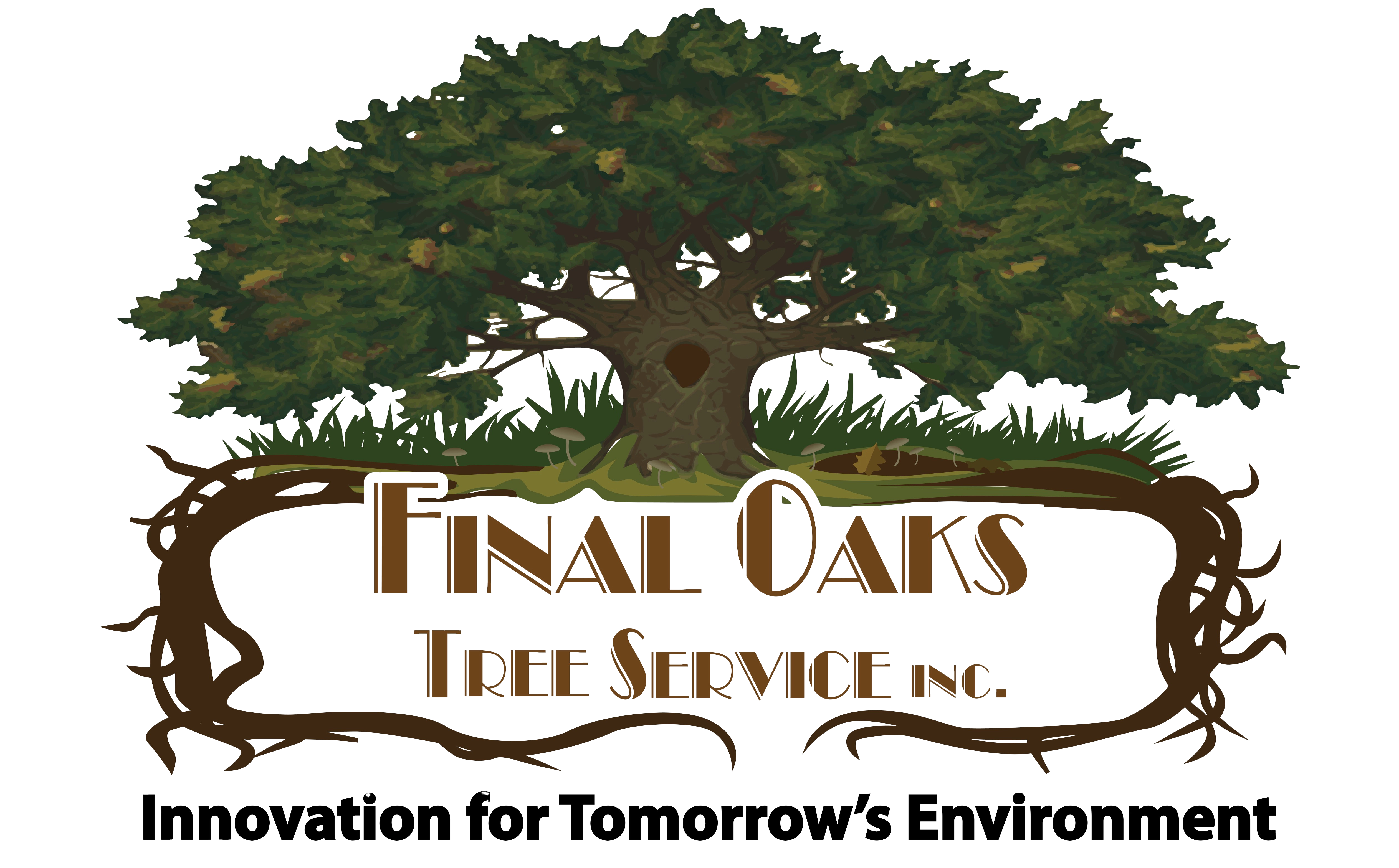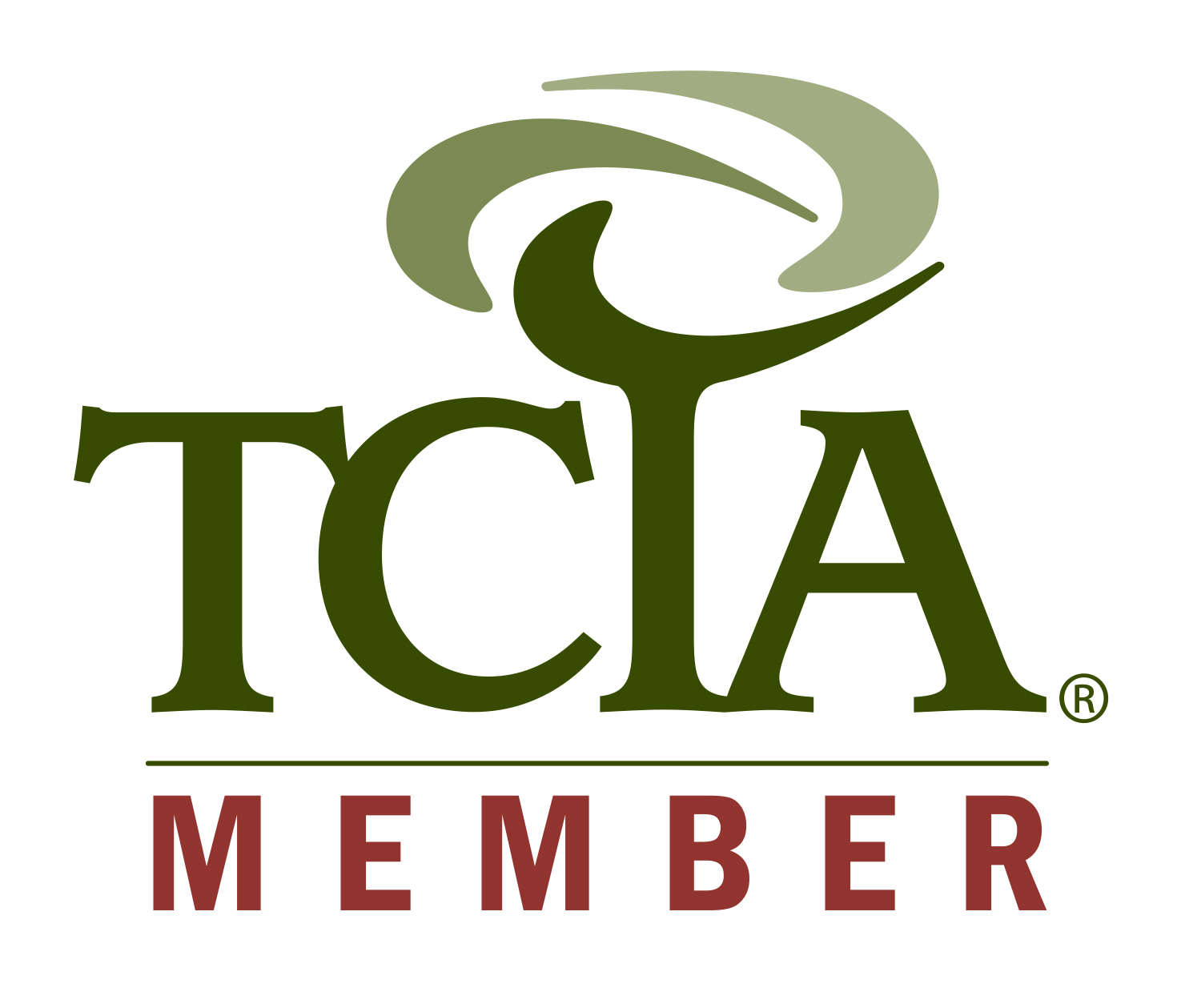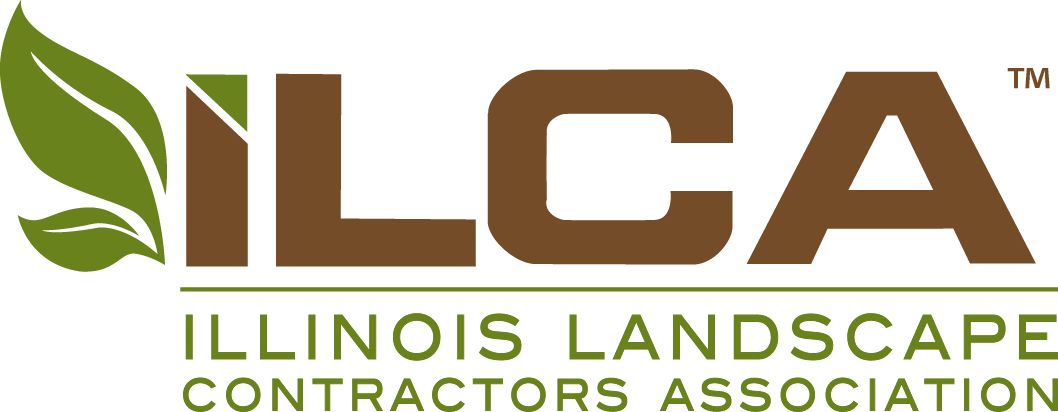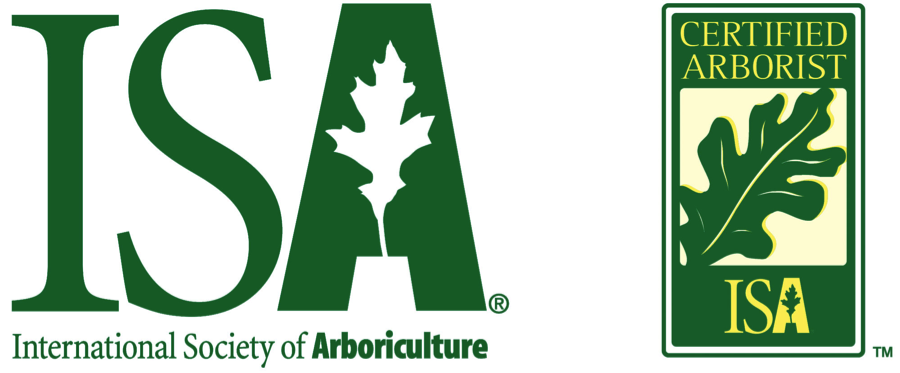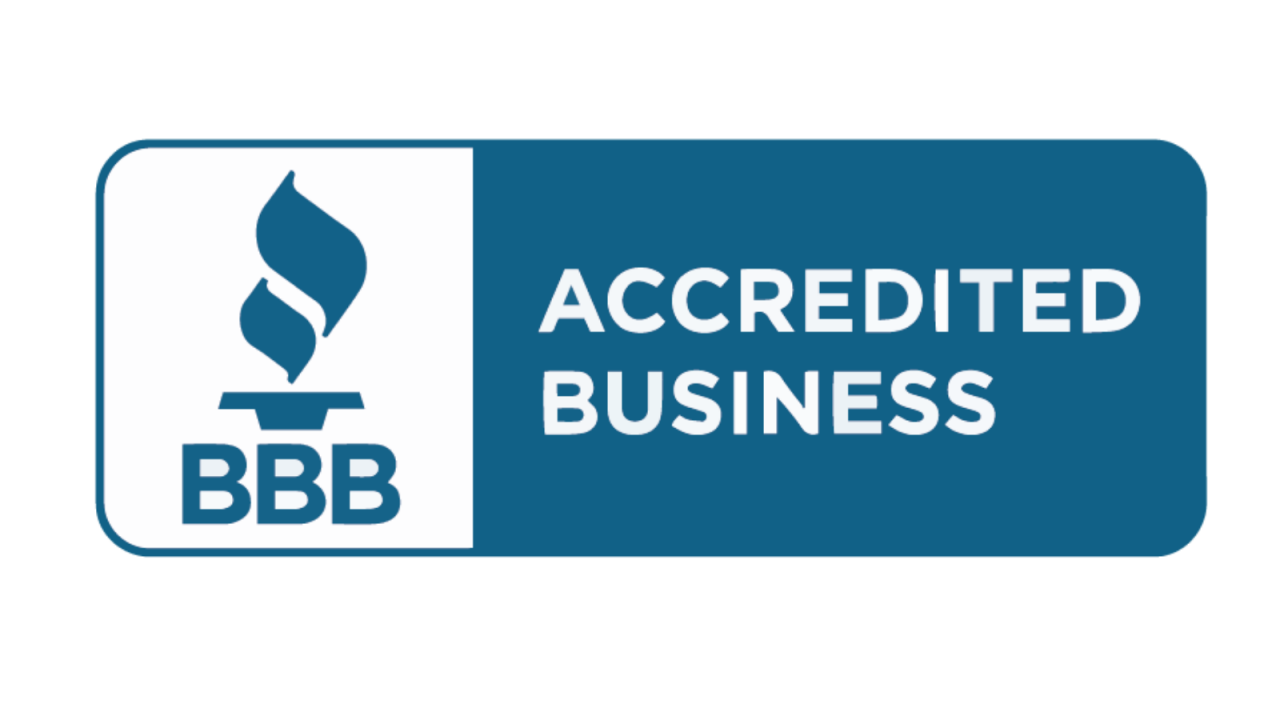Crane tree removal is a specialized method for taking down large or hard-to-reach trees. This technique involves using a crane to carefully lift and remove sections of a tree. It makes the process safer and more efficient than traditional removal methods.
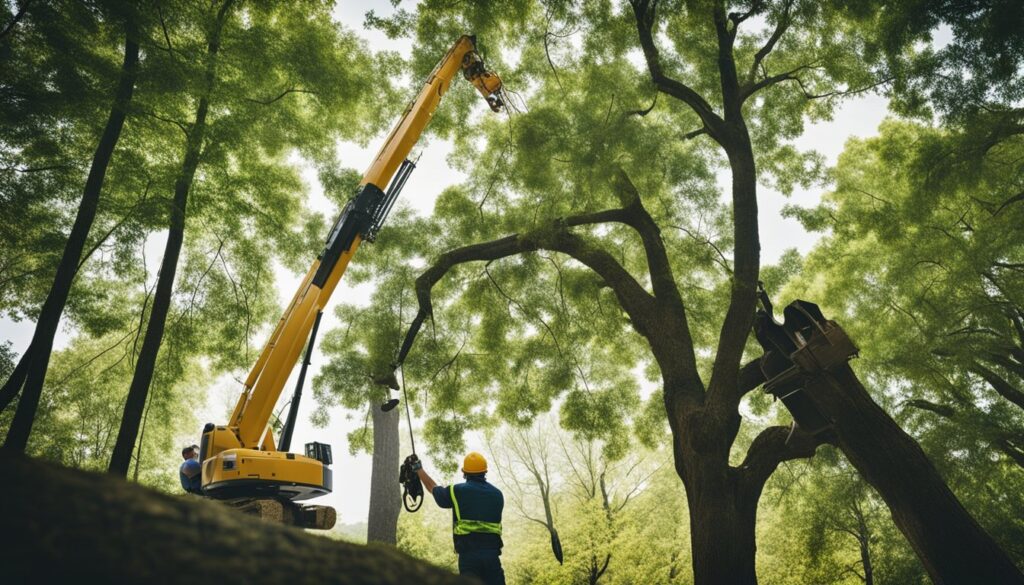
You might need crane tree removal when dealing with trees that are too big, damaged, or in tight spaces. It’s often used for trees near buildings, power lines, or other structures where precision is key. The crane allows workers to control each cut piece, reducing the risk of property damage.
This method can be pricier than standard tree removal, but it’s sometimes the only safe option. You’ll typically see crane tree removal used for very tall trees, those with complex branch structures, or in areas where the tree can’t simply be felled in one piece. It’s a smart choice when you need to protect surrounding landscapes or structures during the removal process.
What Is Crane Tree Removal?
Crane tree removal is a specialized technique for safely taking down large or difficult-to-access trees. It involves using a heavy-duty crane to lift and remove tree sections.
The Role of the Crane in Tree Removal
In crane-assisted tree removal, the crane serves as a crucial tool. It lifts cut sections of the tree and moves them to a safe drop zone. This method is especially useful for trees near buildings or power lines.
The crane operator works closely with the tree climber. Together, they plan each cut and lift. The climber attaches a cable to a section of the tree before cutting. Then, the crane lifts the cut piece away.
Crane removal can be faster than traditional methods. It reduces the risk of damage to surrounding structures and minimizes impact on the ground below the tree.
Benefits of Using Cranes for Tree Removal
Crane-assisted tree removal offers several advantages. It improves safety for workers and property, and the crane’s reach allows for removing trees in tight spaces.
This method can also be more efficient than other techniques. It often requires less time and fewer crew members, leading to cost savings for both the company and the customer.
Crane removal is gentler on the surrounding landscape, reducing soil compaction and damage to nearby plants. For mature trees, it allows for careful handling of heavy sections.
When Is Crane Tree Removal Required?
Crane tree removal becomes necessary in specific situations where traditional methods are unsafe or impractical. It’s often used for large, hazardous, or hard-to-reach trees.
Assessing Tree Removal Needs
You might need crane tree removal when dealing with very tall or wide trees. These trees can be too big for standard equipment to handle safely.
Crane removal is also useful for trees in tight spaces. If a tree is close to buildings, power lines, or other structures, a crane can lift it out without causing damage.
Dead or diseased trees that pose a fall risk often require crane removal. These hazardous trees can be too dangerous for climbers to work on directly.
Trees with unusual shapes or leaning angles may need crane assistance. The crane can support and control the tree’s weight during removal.
Safety and Risk Management
Crane tree removal helps manage risks in hazardous tree removal. It keeps workers safer by reducing their need to climb unstable trees.
You’ll find cranes useful for removing trees damaged by storms or disease. These trees can be unpredictable and dangerous to cut using standard methods.
Crane removal also protects surrounding property. The controlled lift minimizes the risk of falling branches or trunks damaging nearby structures.
In urban areas, crane removal helps manage traffic and pedestrian safety. It allows for quicker removal with less disruption to the surrounding area.
The Crane Tree Removal Process
Crane tree removal involves careful planning and execution to safely take down large or difficult-to-access trees. This method requires specialized equipment and skilled professionals to handle the complex operation.
Initial Assessment and Planning
Before starting the removal, experts will visit your property to assess the tree and surrounding area. They’ll check the tree’s size, health, and location. The team will also look for obstacles like power lines or buildings.
Next, they’ll choose the right crane size and plan the best approach. This includes deciding where to position the crane and mapping out the removal sequence. Safety is the top priority, so they’ll set up a clear work zone.
The crew will also get any needed permits and inform your neighbors about the upcoming work if required.
Executing the Removal
On removal day, the team will set up the crane and secure the area. They’ll attach rigging to strong parts of the tree, and a skilled operator will control the crane while climbers work in the tree.
The process usually starts at the top. Workers will cut sections of the tree, which the crane then lifts away. They’ll work their way down, removing large branches and trunk pieces.
For crane-assisted tree removals, timing is crucial. The crane operator and ground crew must work in sync to ensure each cut piece is safely moved away from your property.
Once the main parts are gone, the team will remove the stump. They’ll clean up all debris, leaving your yard tidy.
Key Roles in Crane Tree Removal
Crane tree removal requires skilled professionals working together. Two key roles are essential for safe and effective operations.
Crane Operators
Crane operators control the heavy machinery used to lift and move tree sections. They must be certified and highly trained to handle large cranes safely. You’ll see them carefully maneuvering the crane arm and controlling the lift.
Operators need to:
- Calculate load weights and crane capacities
- Position the crane properly
- Communicate with ground crews
- Make precise movements
Their expertise helps prevent accidents and property damage, and they work closely with arborists to plan each lift.
Arborists and Tree Climbers
Expert arborists assess the tree and plan the removal process. They determine where to make cuts and how to safely bring down each section. Tree climbers scale the trunk to attach rigging lines and make precise cuts.
Key responsibilities include:
- Evaluating tree health and structure
- Planning the removal sequence
- Securing tree sections for lifting
- Making strategic cuts
Climbers use specialized gear like harnesses and spikes, and they coordinate with crane operators to time each lift perfectly. Their knowledge of tree biology and cutting techniques is crucial for smooth operations.
Comparing Crane-Assisted and Traditional Tree Removal
Tree removal methods have evolved over time, and crane-assisted and traditional approaches each have their own strengths and limitations.
Traditional Methods
Traditional tree removal involves climbers, ropes, and chainsaws. You’ll often see arborists scaling the tree with safety gear, and they cut branches bit by bit, lowering them carefully to the ground.
For larger trees, a technique called sectional dismantling is used. This means cutting the tree into smaller pieces from top to bottom. It’s a time-tested method that works well in many situations.
Manual rigging systems are also part of traditional removal. These help control the fall of cut sections, but this approach can be slow and labor-intensive.
Advantages of Crane-Assisted Methods
Crane-assisted removal offers several benefits over traditional methods. It’s often faster and can be safer for workers, and the crane lifts large sections of the tree, reducing the need for climbers to spend long periods in the tree.
You’ll find that crane operations can be more efficient for removing heavy or awkwardly positioned trees. This method is especially useful in tight spaces or near buildings, and crane removal can also be gentler on the surrounding landscape. There’s less risk of falling debris damaging property, and it’s a good choice for trees that are diseased or structurally unsound.
Choosing a Tree Service Provider
Selecting the right tree service provider is crucial for safe and effective crane tree removal. A qualified company will have the expertise, equipment, and safety practices needed for this complex task.
Qualifications and Credentials
When choosing a tree removal service, look for proper qualifications and credentials. Check if the company is licensed and insured, and ask about their certifications from organizations like the International Society of Arboriculture (ISA).
Make sure they have specific experience with crane tree removal. This specialized skill requires additional training and equipment, and ask about their safety record and protocols. A reputable company will prioritize safety and follow industry best practices.
Request proof of worker’s compensation insurance, too, as this protects you from liability if an accident occurs on your property.
Evaluating Experience and Reputation
Research the tree service provider’s experience and reputation. Look for companies with a proven track record in crane tree removal, and read online reviews and ask for references from past clients.
Pay attention to feedback about their professionalism, timeliness, and quality of work, and inquire about their equipment. A reliable company will have well-maintained cranes and other necessary tools for the job, and ask about their approach to tree removal. They should be able to explain their process clearly and address any concerns you have.
Consider getting multiple quotes to compare prices and services offered, but be wary of prices that seem too good to be true.
Crane Equipment for Tree Removal
Crane equipment plays a vital role in safe and efficient tree removal. The right crane can make challenging jobs easier and faster.
Proper maintenance and safety are key to successful crane operations.
Types of Cranes Used
Tree removal cranes come in several types. Truck-mounted cranes are popular for their mobility.
They can reach tall trees and lift heavy loads.
All-terrain cranes work well on uneven ground. You’ll see these at jobs with difficult access.
Rough-terrain cranes have big tires for muddy or sandy areas. They’re great for remote locations.
Tower cranes are used for very tall trees in tight urban spaces. Their height and reach make them ideal for tricky removals.
Crawler cranes move on tracks instead of wheels. This gives them stability on soft ground.
Maintenance and Safety Protocols
Regular crane upkeep is crucial. You must check hydraulic systems, cables, and structural parts often.
Proper crane maintenance prevents accidents and keeps your equipment running smoothly.
Safety comes first in crane operations. Always use outriggers to stabilize the crane.
Also, check the ground stability before setup.
Inspect rigging gear before each use. Look for wear, cracks, or deformities.
Train your crew on proper hand signals and communication. Clear signals prevent mistakes and keep everyone safe.
Never exceed the crane’s load capacity. Also, know your tree’s weight before lifting.
And, wind speed limits are important too. Stop work if winds are too high.
